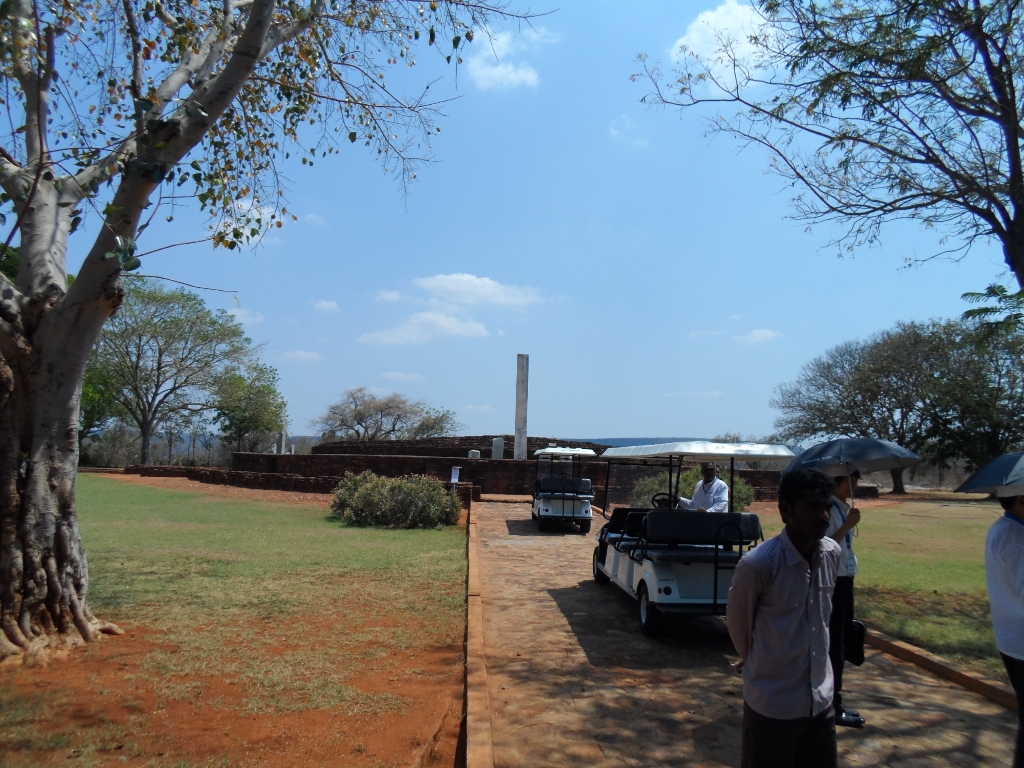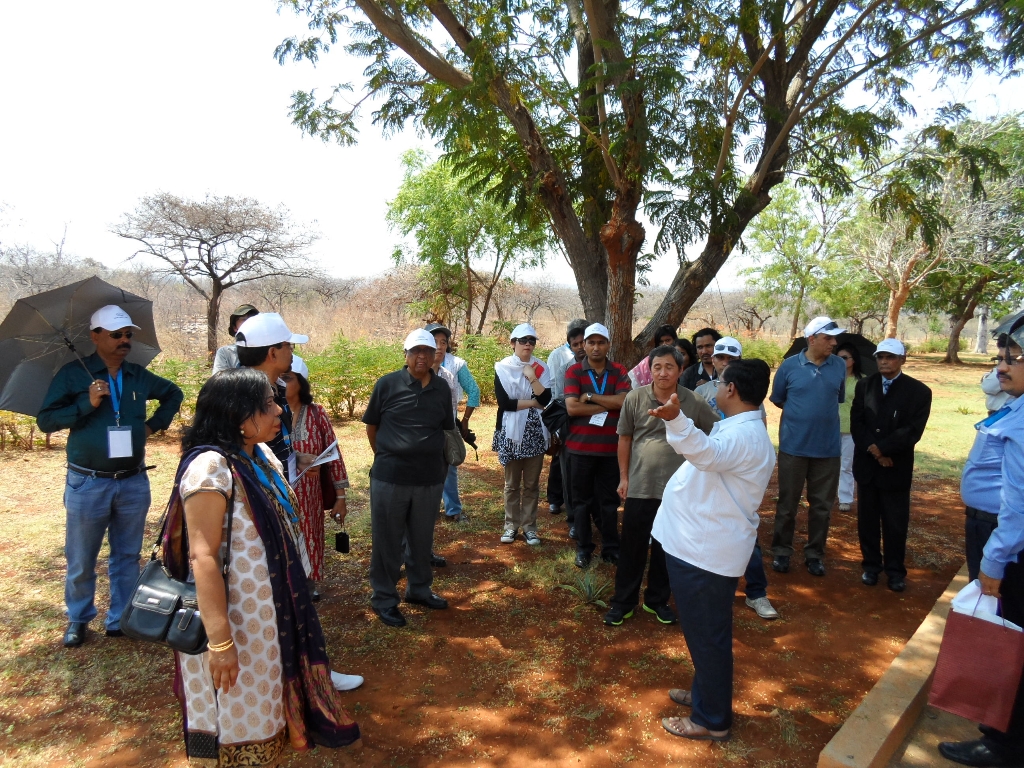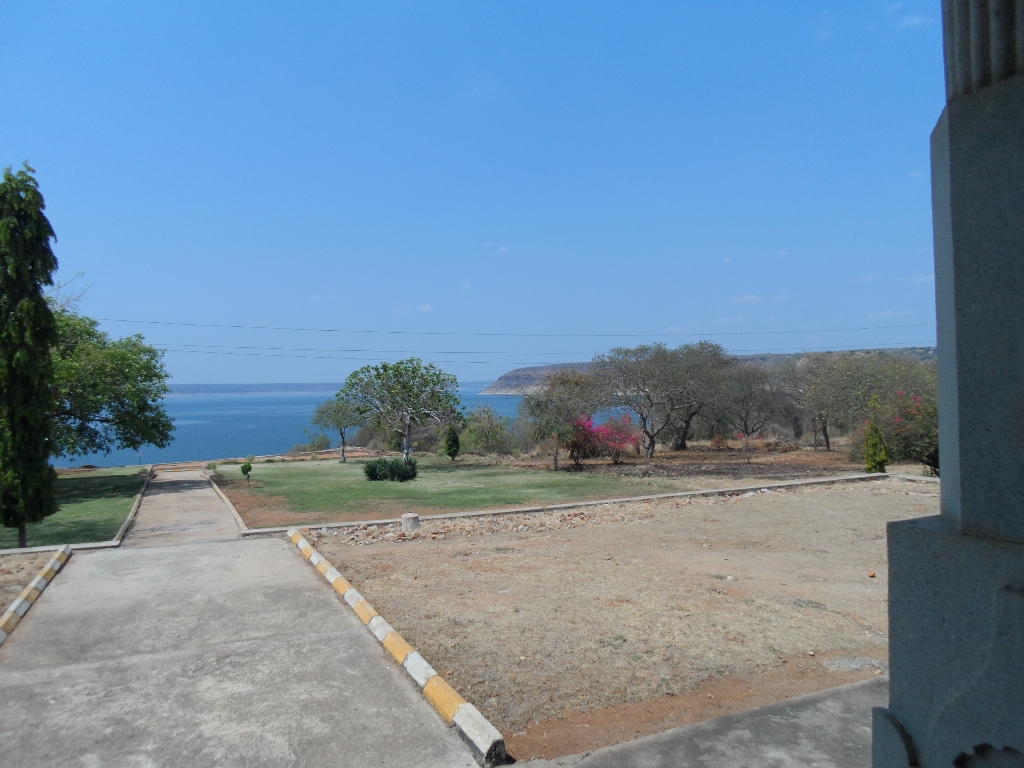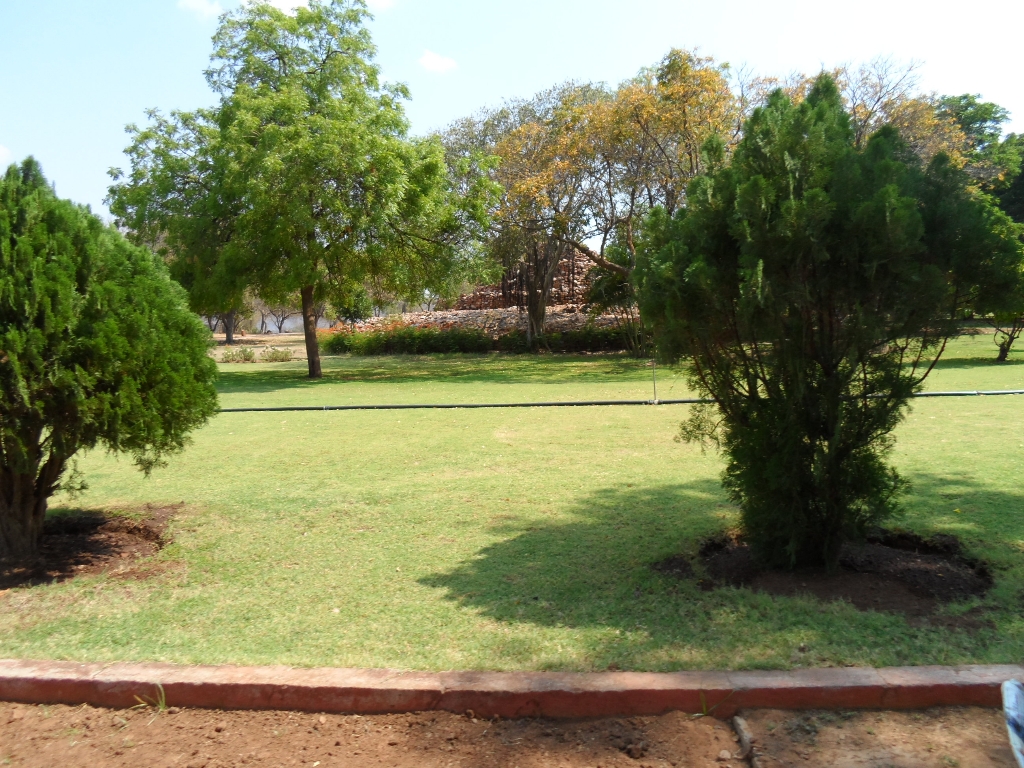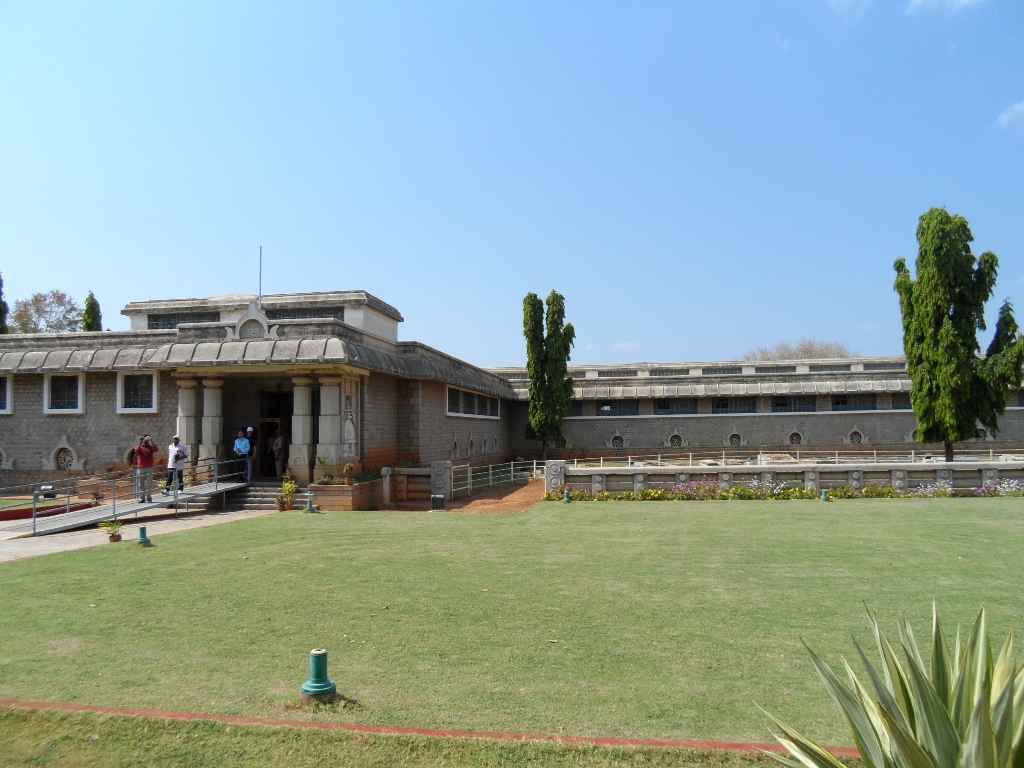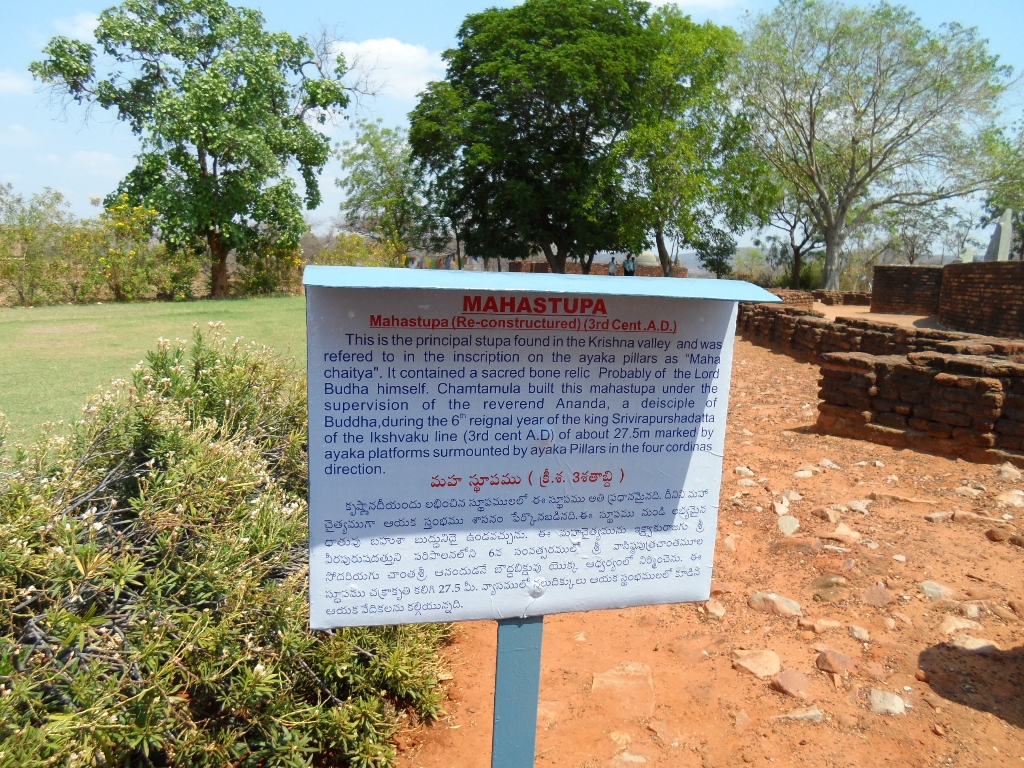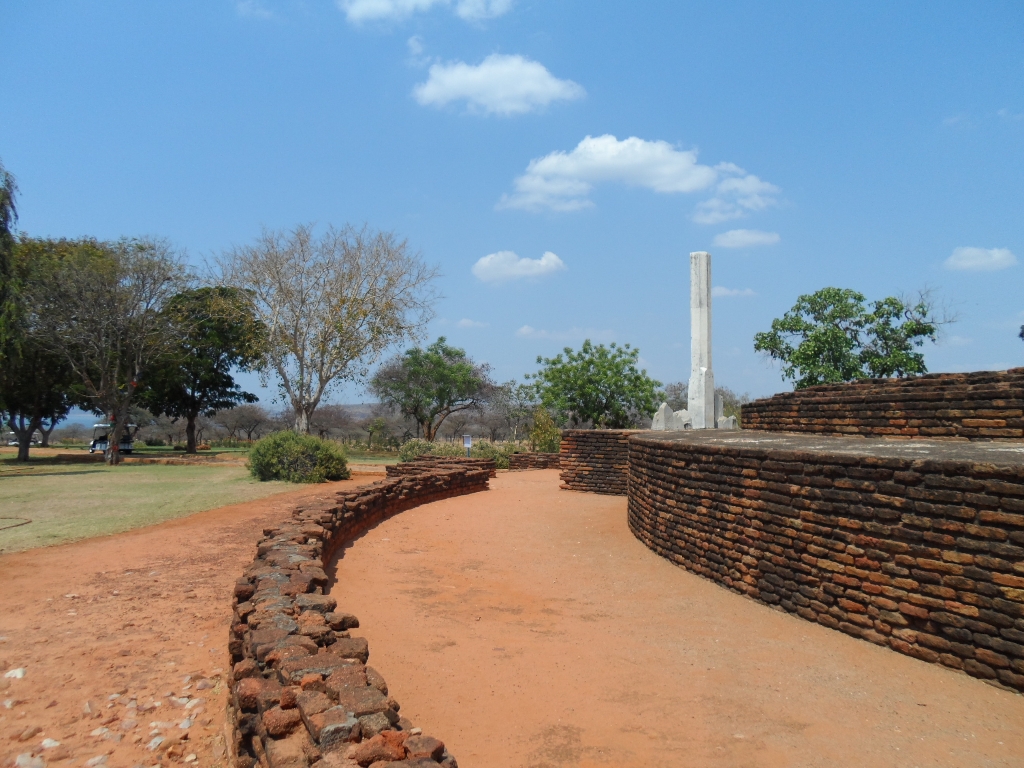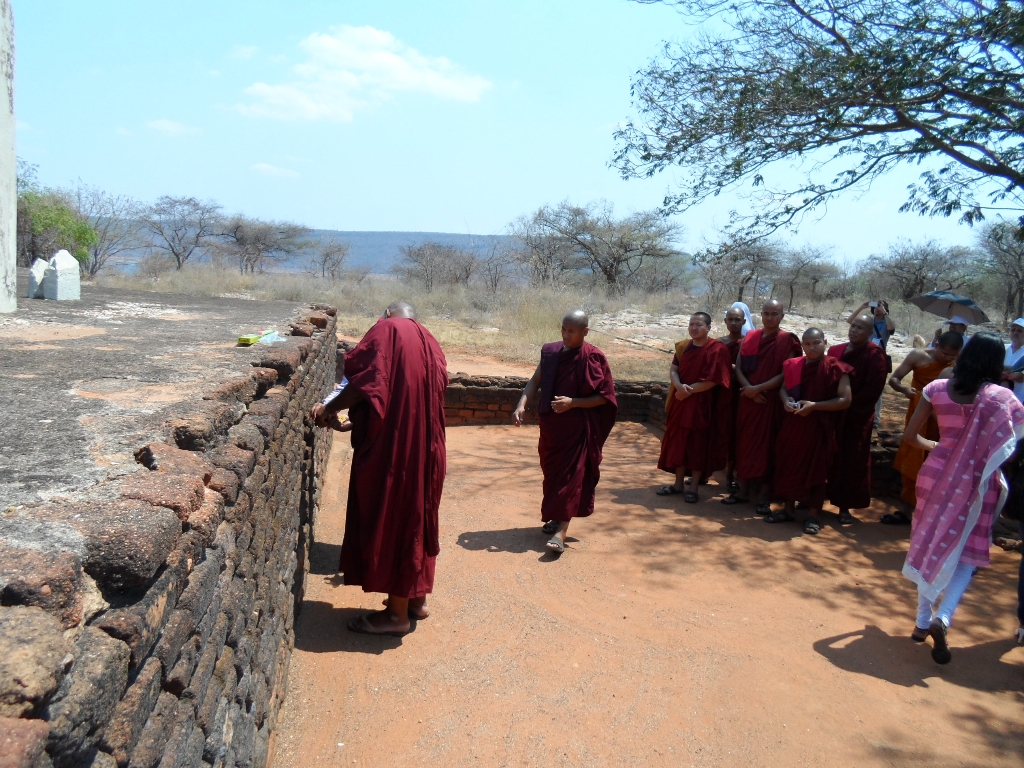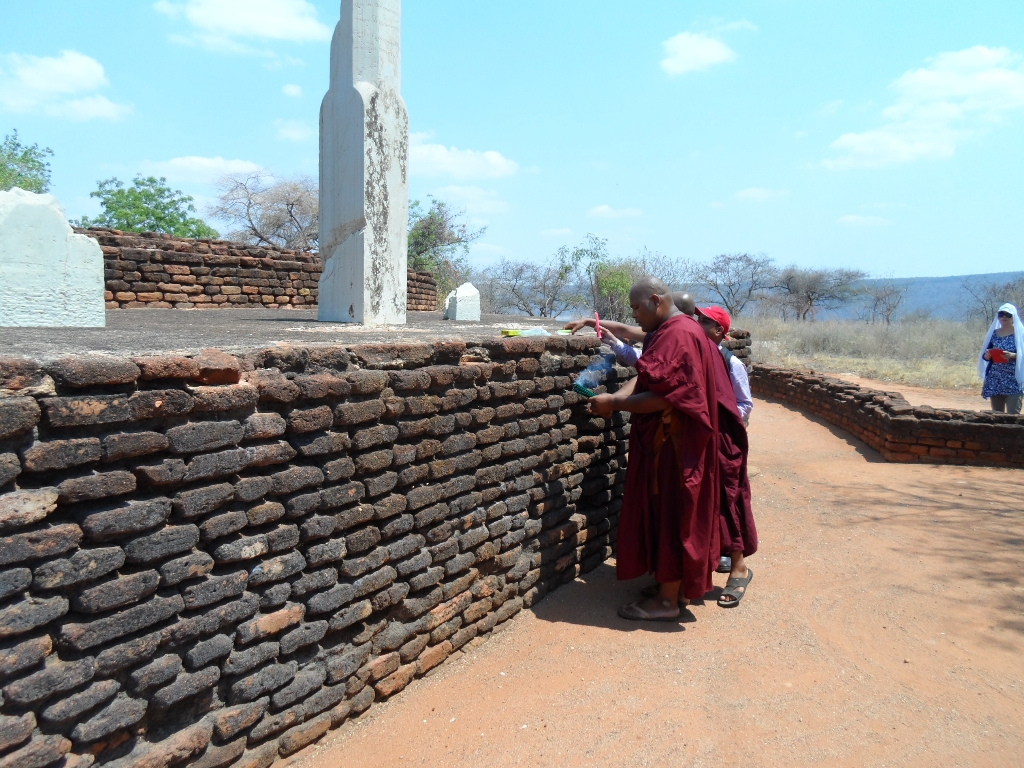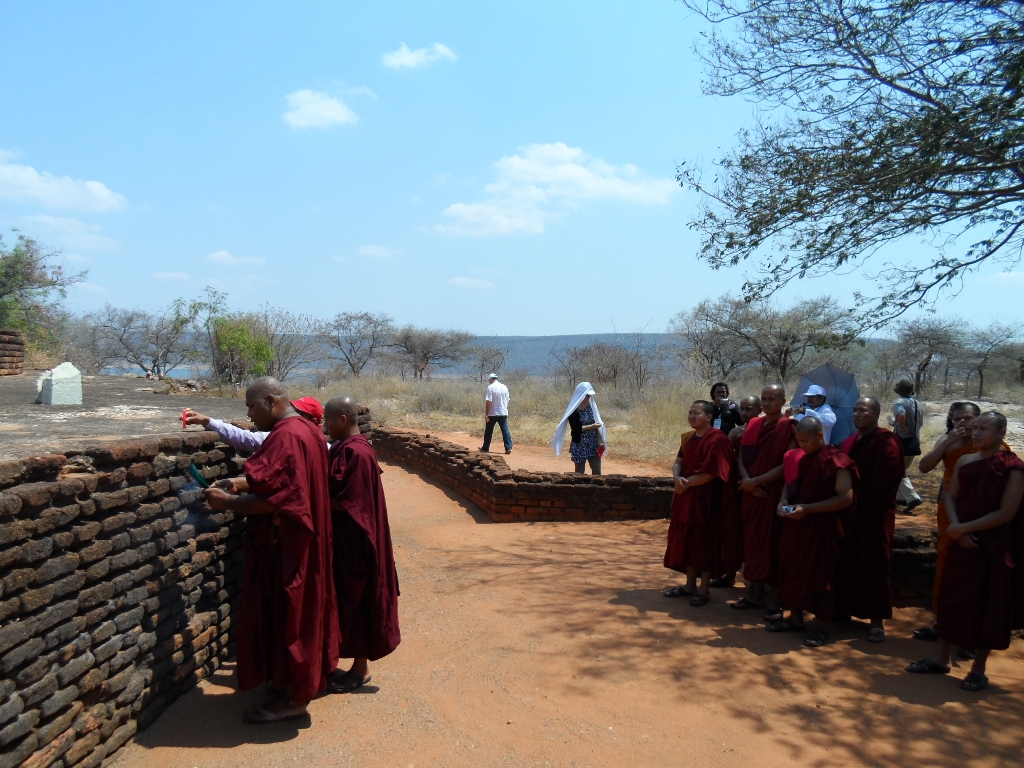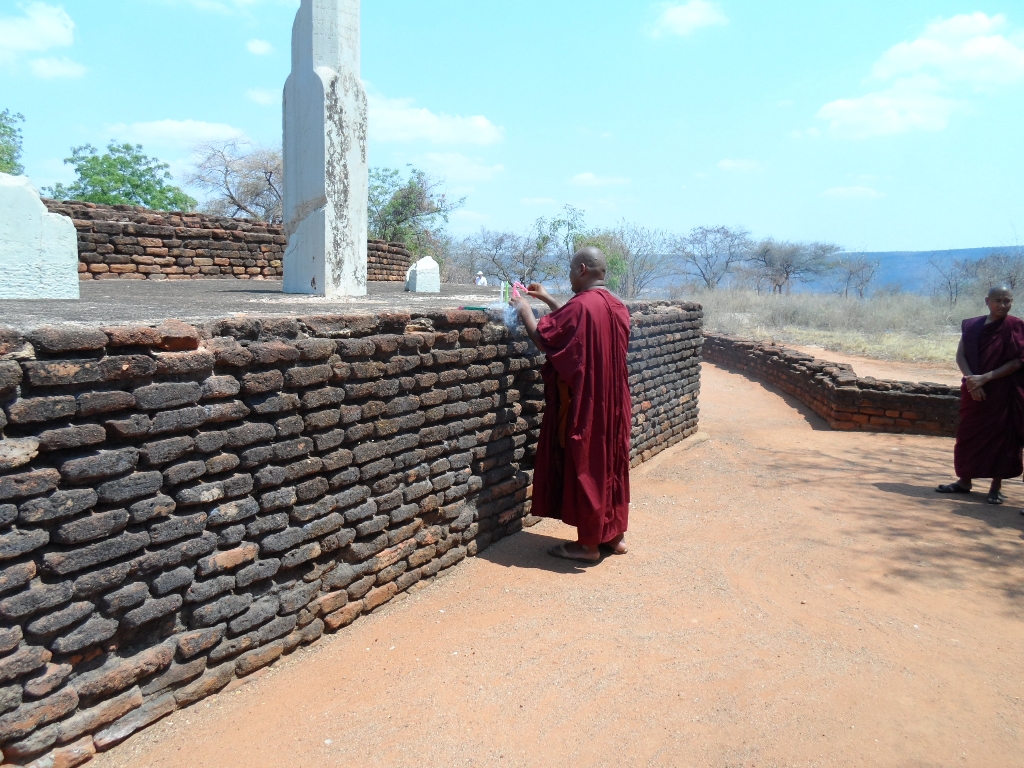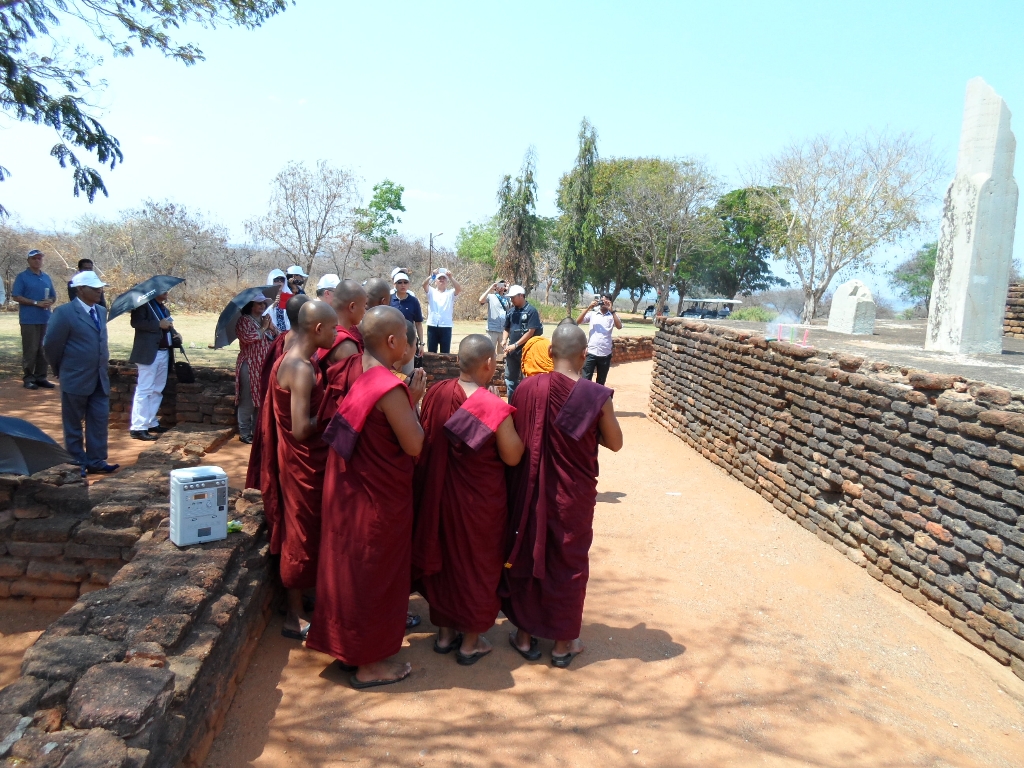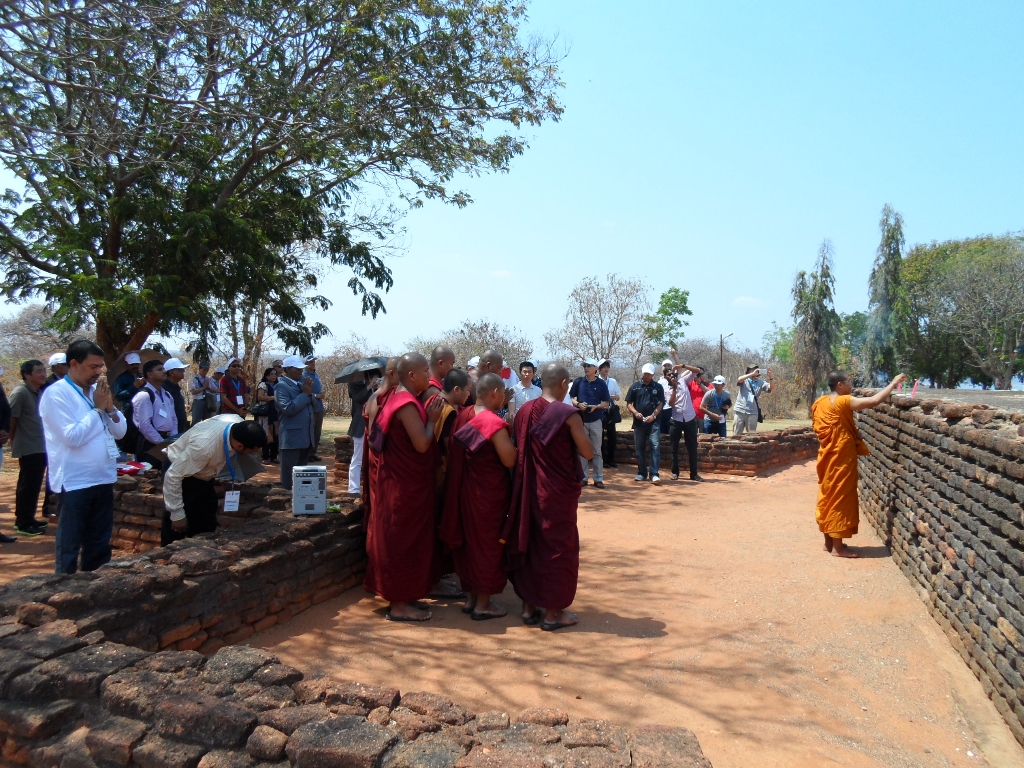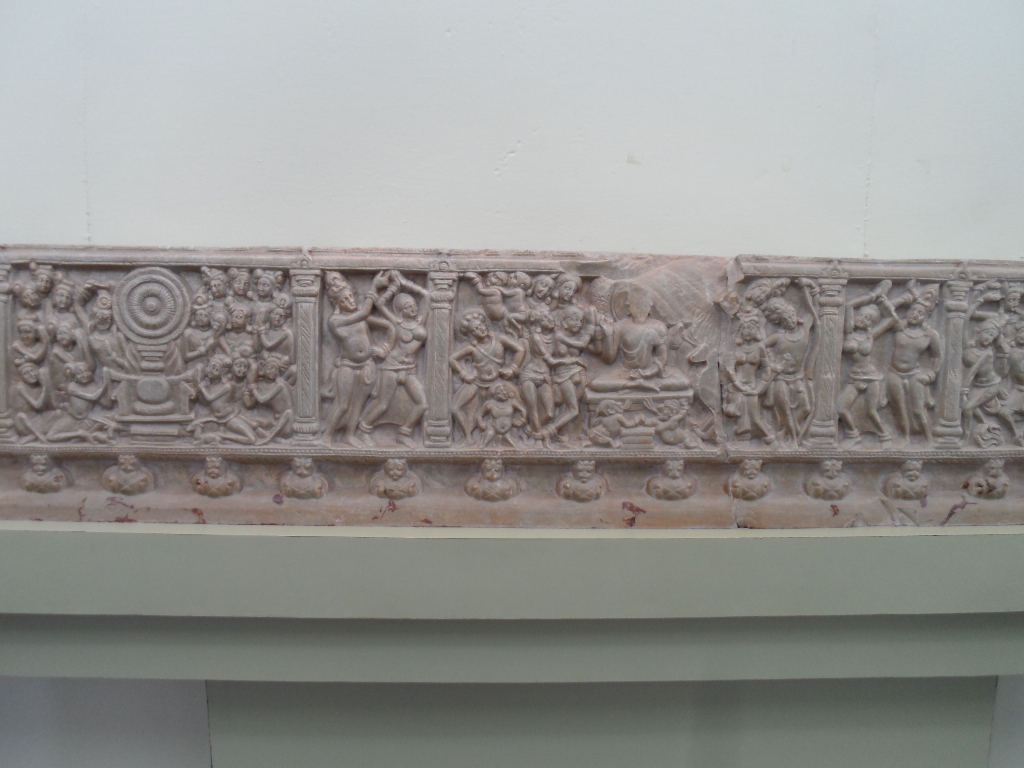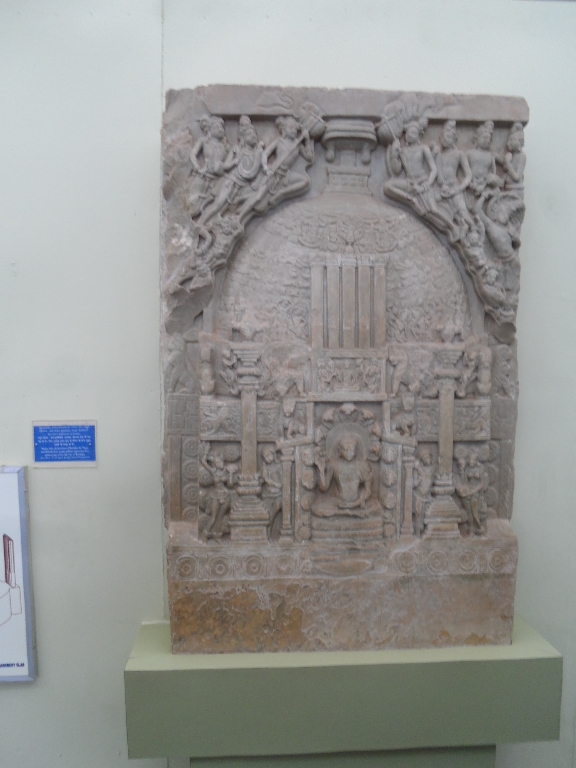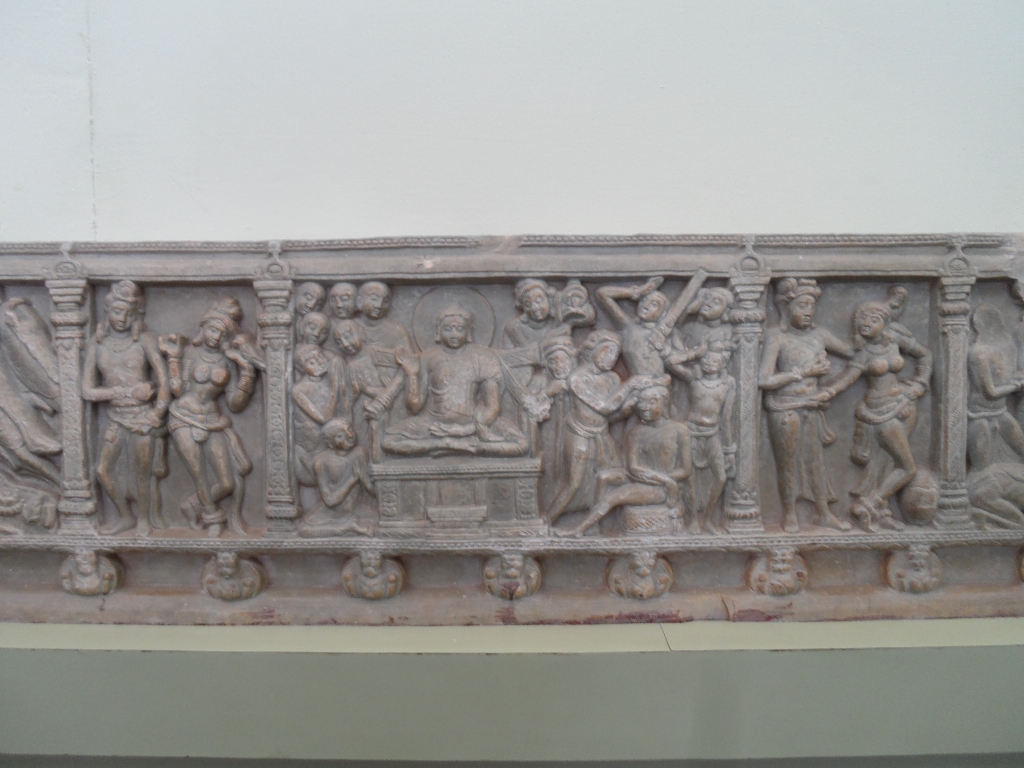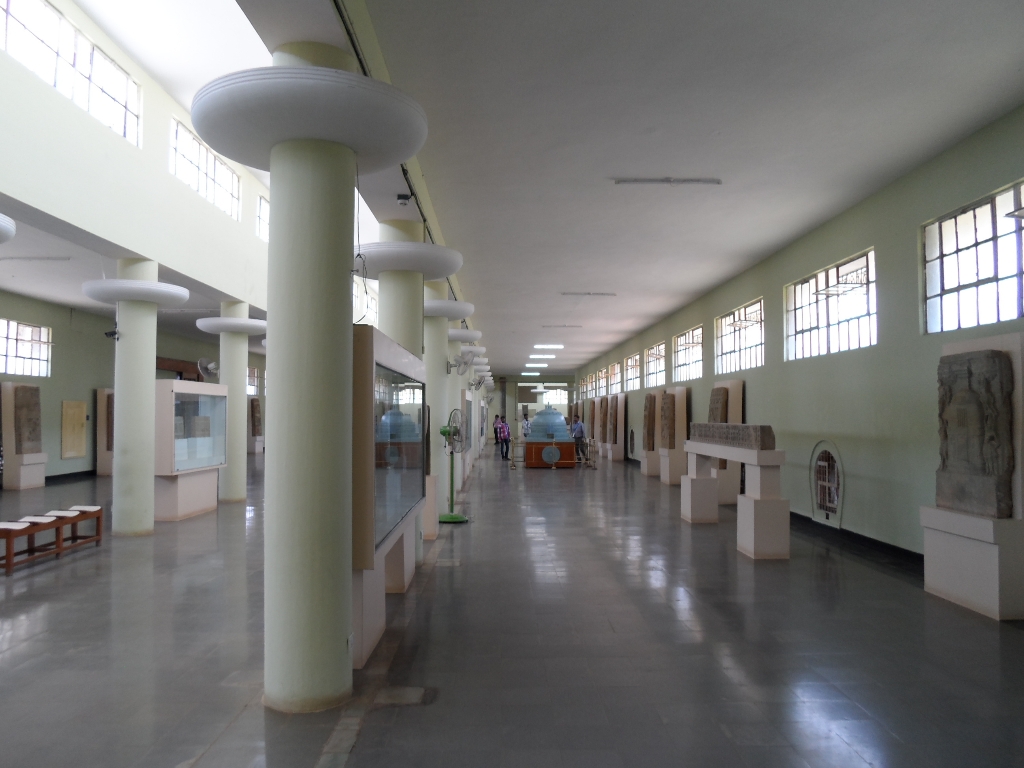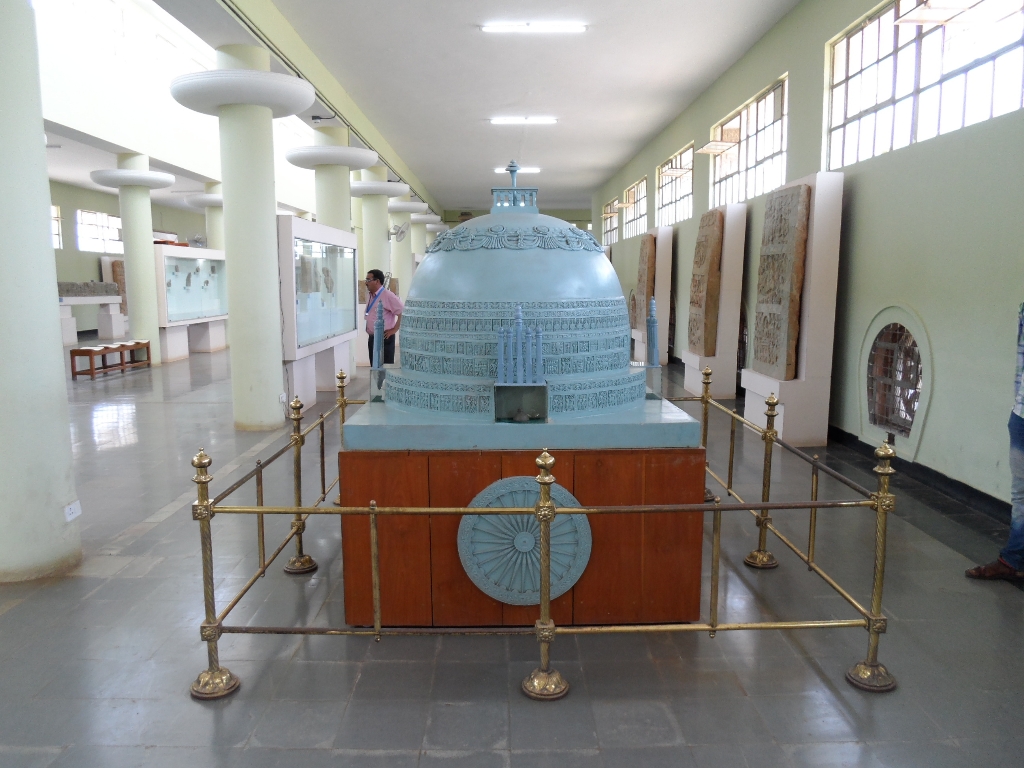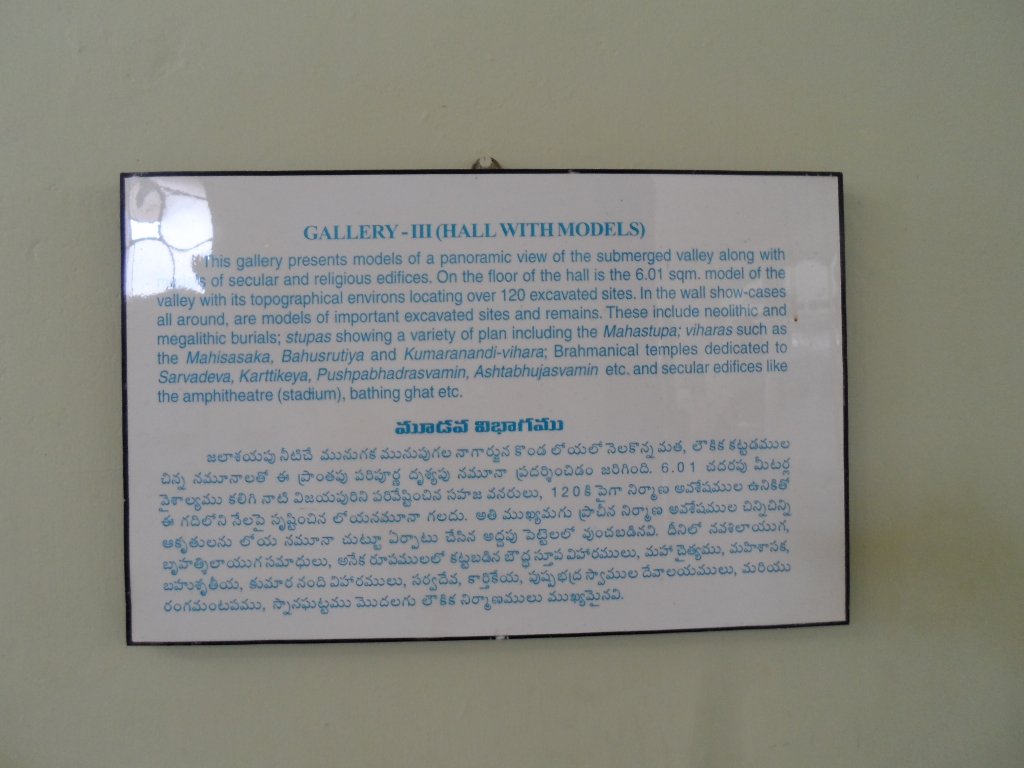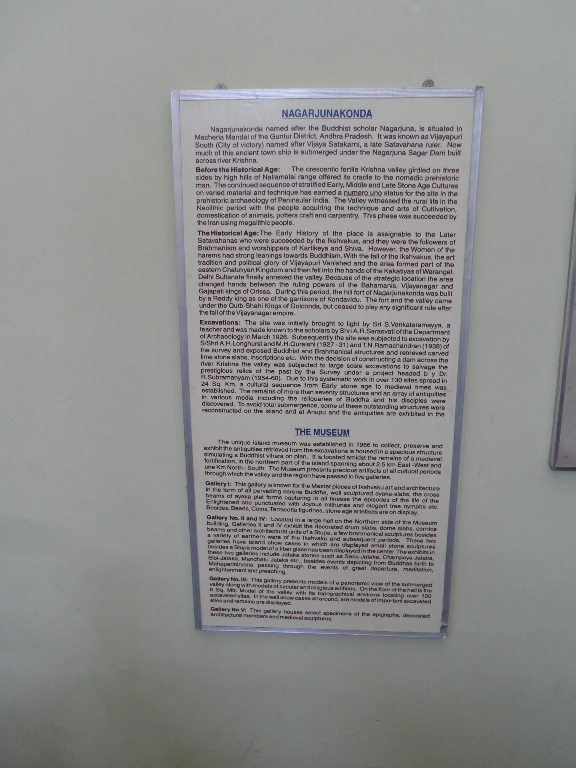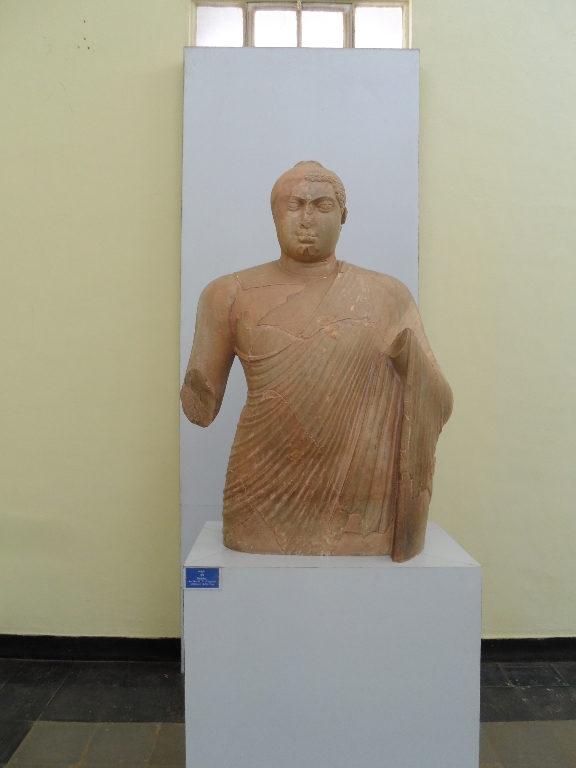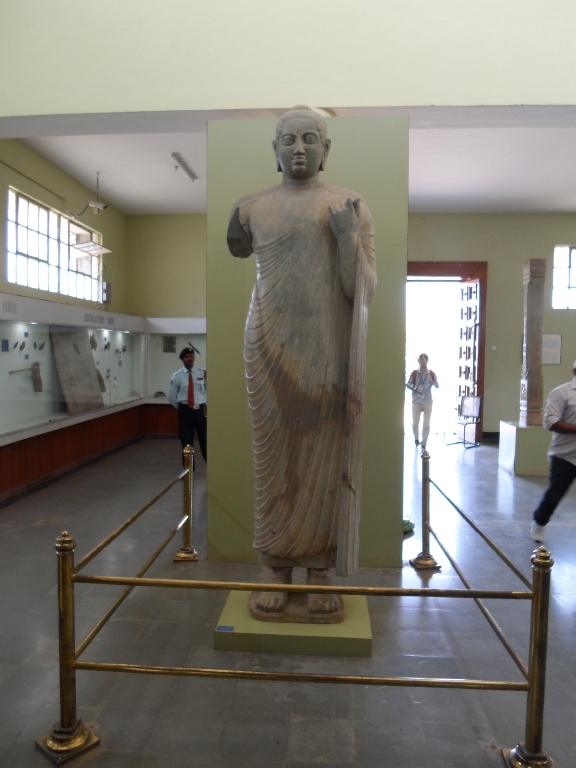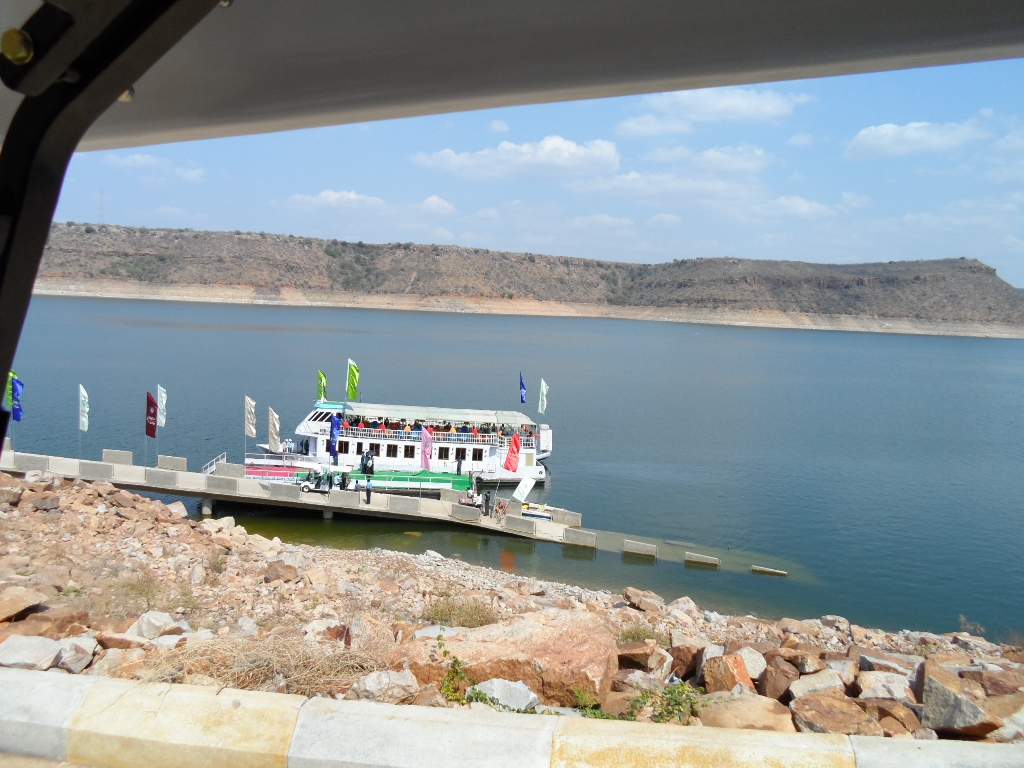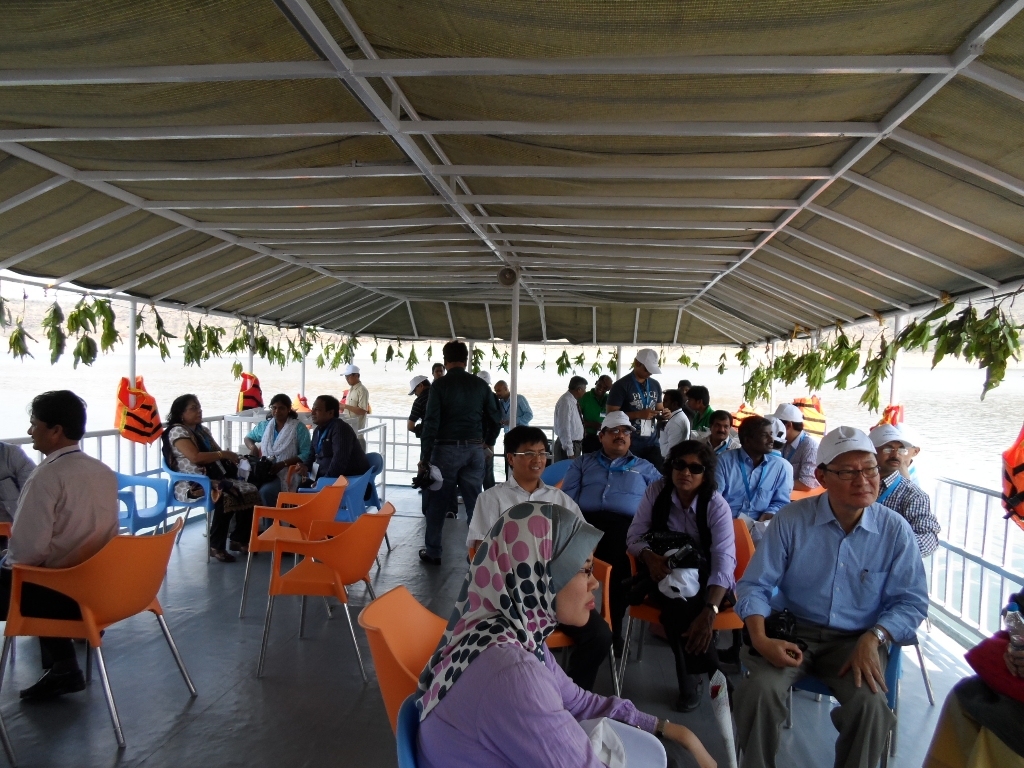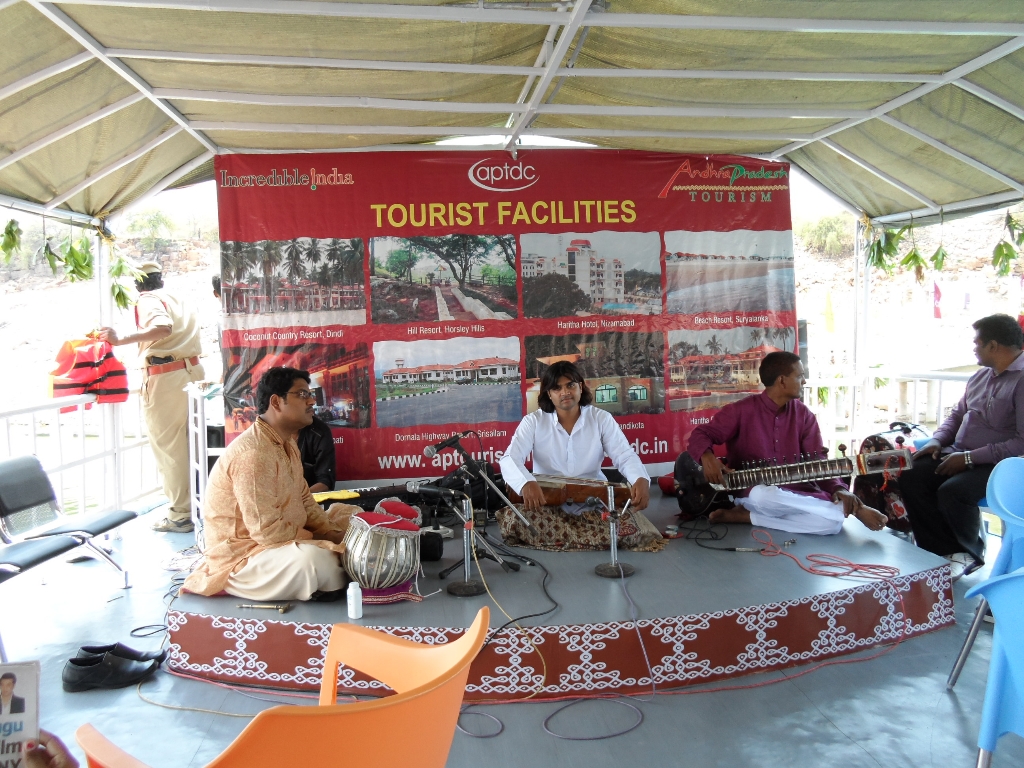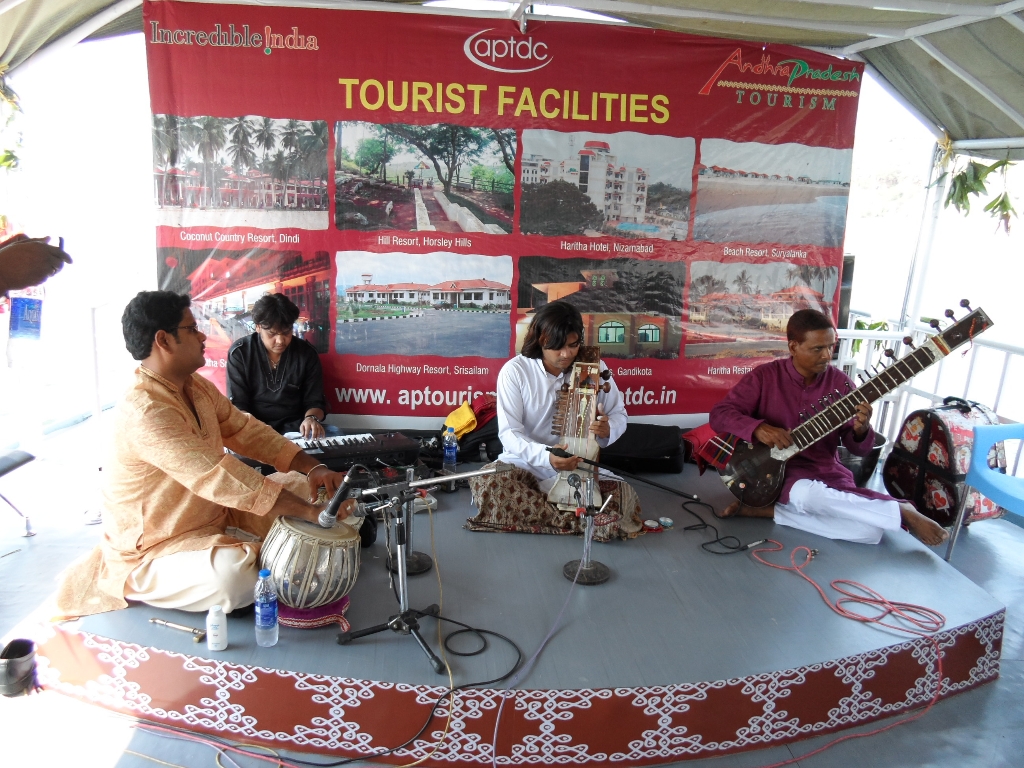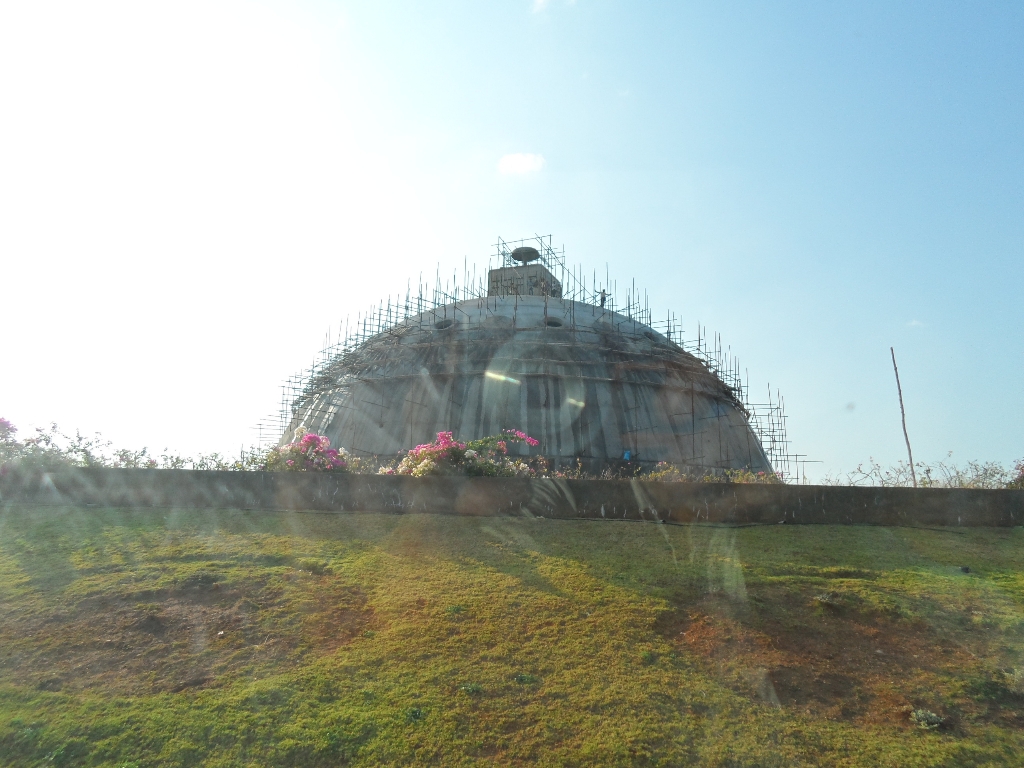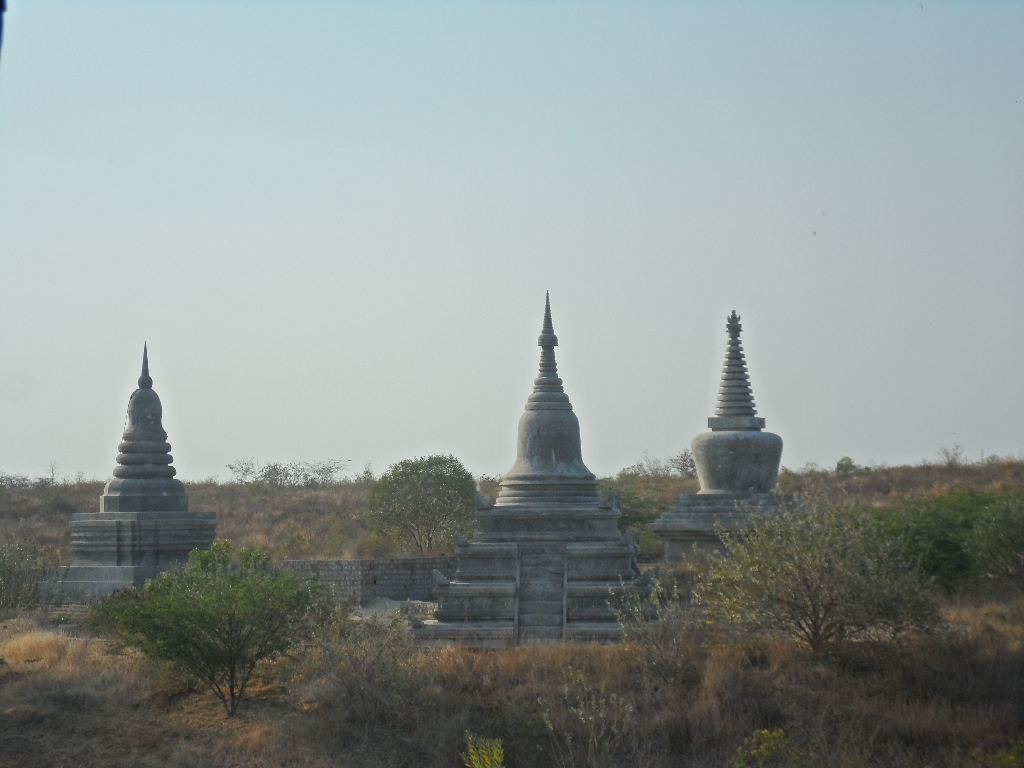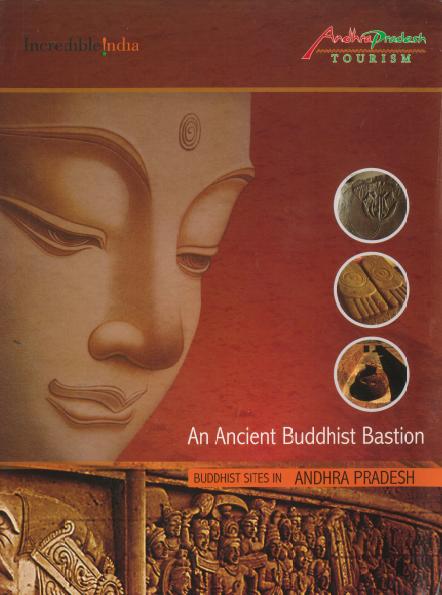23 Apr 2013
Tour for UNWTO Delegates Helps Andhra Pradesh Promote Its Buddhist Heritage
Hyderabad, Andhra Pradesh, India — Andhra Pradesh has joined the growing number of states promoting Buddhist pilgrimage travel to India. Capitalising on the presence of so many tourism representatives from Vietnam, Thailand, Laos, Japan, Korea and other Asian countries with a sizable Buddhist population at the April 12-14 meeting of the UNWTO Joint Commissions for South Asia and East Asia & the Pacific, the Andhra Pradesh tourism authorities organised a day-long tour to Nagarjunakonda, 150 km from Hyderabad, once one of the most prominent Buddhist centers of South India.
Delegates spent about three hours on at Nagarjunakonda, an island in the midst of a reservoir created by one of India’s most well-known dams, Nagarjuna Sagar. The entire area is beautifully landscaped and immaculately clean, exuding a calm sense of place in the midst of greenery and surrounded by the huge lake. (See the full gallery of pictures taken by Imtiaz Muqbil, Executive Editor, and download the detailed brochure issued by AP Tourism by clicking on the image below).
One of the delegates on the trip, Mr Arun Srivastava, Regional Director, India Tourism Mumbai, a pioneer promoter of India’s Buddhist Circuit tourism, welcomed the step by the AP Tourism. “It will go a long way in increasing Buddhist Travel to India,” said Mr Srivastava, who played a major role in launch of the Mahaparinirvan Express, India’s Buddhist Circuit Tourist Trains. “India is the epicenter of Buddhist tourism, and home to most of the basic Buddhist pilgrimage spots such as Bodhgaya, Rajgir, Sarnath, Kushinagar, Vaishali and Shravasti. As the number of Buddhist pilgrims to India is growing, it is useful for Andhra Pradesh to also highlight its Buddhist heritage sites such as Amravati & Nagarjunakonda.”
Nagarjuna Sagar and Nagarjunakonda both take their names from Nagarjuna, one of the most revered Buddhist monks, who governed the sangha for nearly 60 years around the turn of the 2nd century AD. The entire area is a place of immense archaeological significance & excavations dating back to the birth of one of the early river valley civilizations.
Enthused by the peaceful environs of this place, Buddhists once made this land a great hub of learning, setting up one of the four major Viharas here. Many relics of Buddhist civilisation dating back to the 3rd Century A.D were excavated during the construction phase of what is now the world’s tallest masonry dam, Nagarjuna dam, which was completed in 1966. The 124 metres high and 1 km long dam straddles the third largest manmade lake in the world. It is one of India’s earliest hydro-electric projects.

Travel Impact Newswire dispatches on India are sponsored by Creative Travel, India. Click on the logo for more details.
The excavated remains of the Buddhist civilization found during the dam-building period have been reconstructed and are carefully preserved at Nagarjunakonda. The UNWTO delegates visited the island aboard one of AP Tourism’s cruise-boats, a scenic and comfortable trip.
On the island, the delegates visited the numerous stupas and viharas, as well as museum specially constructed in the shape of a Buddhist Vihara to house the collection of relics of Buddhist art and culture. Famous relics include a small tooth and an ear-ring believed to be of the Buddha. The main stupa of Nagarjunakonda called Mahachaitya is believed to contain the sacred relics of the Buddha. A partly ruined monolithic statue of the Buddha, that’s at once a striking-image of peace and poise, is the main attraction at the museum.
According to AP Tourism website, the monasteries and chaityas were reconstructed on top of a hill called Nagarjunakonda (konda is the Telugu word for hill), which rises from the middle of the lake. The ruins of an ancient Buddhist university, also discovered during the dam-building period, were excavated and reconstructed at Anupu, 4 km away from the right bank of the reservoir. A place of great architectural interest with faithful reconstruction of a third century Vihara and an amphitheatre with fine acoustics.
Nagarjuna Sagar Dam supplies water for irrigation purposes to a catchment area of 215,000 sq km. It can store up to 11,472 million cubic meters in its reservoir. The dam also has been known for being one of the earliest irrigation and hydro-electric projects in India. Built across the Krishna River, it boasts of one of the largest networks of canal systems in the world.
Sprawling over an area of 60,000 sq km, Nagarjuna Lake is the only medium to reach Nagarjunakonda Island. Besides the lake, there are other attractions around the Dam like Ethipothala waterfalls, and the densely forested Srisailam Wildlife Reserve.
The pictures taken by Imtiaz Muqbil, Executive Editor, speak for themselves. A place well worth visiting.

